Behringer 112 Dual VCO Handleiding
Behringer
Synthesizer
112 Dual VCO
Bekijk gratis de handleiding van Behringer 112 Dual VCO (9 pagina’s), behorend tot de categorie Synthesizer. Deze gids werd als nuttig beoordeeld door 48 mensen en kreeg gemiddeld 4.5 sterren uit 24.5 reviews. Heb je een vraag over Behringer 112 Dual VCO of wil je andere gebruikers van dit product iets vragen? Stel een vraag
Pagina 1/9

Quick Start Guide
(EN) Controls
(1) PW MOD IN - Accepts a voltage from another module
to control the pulse width.
(2) VCO OUT - Send the VCO signal to one or two sources
via 3.5 mm TS cables.
(3) WAVEFORM - Select pulse, triangle or sawtooth
waveforms for the VCO.
(4) PULSE WIDTH - Adjusts the pulse width modulation
based on the voltage received at the PW MOD IN jack.
(5) MOD MANUAL - Sets the ratio between the upper
and lower portions of the pulse wave.
(6) SYNC OUT - Sends a synchronization signal
via 3.5 mm TS cable.
(7) RANGE - Sets the pitch range of the VCO in octave steps.
(8) SYNC IN - Accepts a synchronization signal
via 3.5 mm TS cable.
(9) WEAK/STRONG - Determines the accuracy
of synchronization.
(10) PITCH - Fine tunes the pitch.
(3)
(4)
(1) (2)
(12)
(10)
(11)
(5)
(6)
(7)
(8)
(9)
(11) MOD LEVEL - Adjusts the level of the signal connected
to the associated MOD IN jack.
(12) MOD IN - Accepts voltages that control or modulate
the VCO pitch.
Power Connection
The module comes with the required power cable for connecting
to a standard Eurorack power supply system. Follow these
steps to connect power to the module. It is easier to make these
connections before the module has been mounted into a rack case.
1. Turn the power supply or rack case power o and
disconnect the power cable.
2. Insert the 16-pin connector on the power cable into the
socket on the power supply or rack case. The connector has
a tab that will align with the gap in the socket, so it cannot
be inserted incorrectly. If the power supply does not have
a keyed socket, be sure to orient pin 1 (-12 V) with the red
stripe on the cable.
3. Insert the 10-pin connector into the socket on the back of
the module. The connector has a tab that will align with the
socket for correct orientation.
4. After both ends of the power cable have been securely
attached, you may mount the module in a case and turn on
the power supply.
Installation
The necessary screws are included with the module for mounting in a
Eurorack case. Connect the power cable before mounting.
Depending on the rack case, there may be a series of xed holes spaced
2 HP apart along the length of the case, or a track that allows individual
threaded plates to slide along the length of the case. The free-moving
threaded plates allow precise positioning of the module, but each plate
should be positioned in the approximate relation to the mounting
holes in your module before attaching the screws.
Hold the module against the Eurorack rails so that each of the
mounting holes are aligned with a threaded rail or threaded
plate. Attach the screws part way to start, which will allow small
adjustments to the positioning while you get them all aligned. After
the nal position has been established, tighten the screws down.
V 1.0
112 DUAL VCO
Legendary Analog Dual VCO
Module for Eurorack

Conexión Eléctrica
El módulo viene con el cable de alimentación necesario para
conectarse a un sistema de suministro de energía Eurorack estándar.
Siga estos pasos para conectar la alimentación al módulo. Es más
fácil realizar estas conexiones antes de que el módulo se haya
montado en una caja de rack.
1. Apague la fuente de alimentación o la caja del bastidor
y desconecte el cable de alimentación.
2. Inserte el conector de 16 clavijas del cable de alimentación en
la toma de la fuente de alimentación o en la caja del bastidor.
El conector tiene una pestaña que se alineará con el espacio
en el zócalo, por lo que no se puede insertar incorrectamente.
Si la fuente de alimentación no tiene un enchufe con llave,
asegúrese de orientar el pin 1 (-12 V) con la raya roja en el cable.
3. Inserte el conector de 10 pines en el zócalo en la parte
posterior del módulo. El conector tiene una pestaña que se
alineará con el enchufe para una orientación correcta.
4. Una vez que ambos extremos del cable de alimentación se
hayan conectado de forma segura, puede montar el módulo
en una caja y encender la fuente de alimentación.
Instalación
Los tornillos necesarios se incluyen con el módulo para el
montaje en una caja Eurorack. Conecte el cable de alimentación
antes del montaje.
Dependiendo de la caja del bastidor, puede haber una serie de
oricios jos separados 2 HP a lo largo de la caja, o una pista que
permita que las placas roscadas individuales se deslicen a lo largo
de la caja. Las placas roscadas de movimiento libre permiten un
posicionamiento preciso del módulo, pero cada placa debe colocarse
en una relación aproximada con los oricios de montaje en su
módulo antes de colocar los tornillos.
Sostenga el módulo contra los rieles Eurorack de modo que cada uno
de los oricios de montaje esté alineado con un riel o placa roscada.
Coloque los tornillos parcialmente para comenzar, lo que permitirá
pequeños ajustes en la posición mientras los alinea todos. Una vez
establecida la posición nal, apriete los tornillos.
(ES) Controles
(1) PW MOD IN - Acepta un voltaje de otro módulo para
controlar el ancho de pulso.
(2) VCO FUERA - Envíe la señal VCO a una o dos fuentes
a través de cables TS de 3,5 mm.
(3) FORMA DE ONDA - Seleccione formas de onda de pulso,
triángulo o diente de sierra para el VCO.
(4) ANCHO DE PULSO - Ajusta la modulación de ancho de
pulso según el voltaje recibido en el conector PW MOD IN.
(5) MOD MANUAL - Establece la relación entre las porciones
superior e inferior de la onda de pulso.
(6) SINCRONIZAR - Envía una señal de sincronización
a través de un cable TS de 3,5 mm.
(7) DISTANCIA - Establece el rango de tono del VCO
en pasos de octava.
(8) SINCRONIZAR - Acepta una señal de sincronización
a través de un cable TS de 3,5 mm.
(9) DÉBIL FUERTE - Determina la precisión de la sincronización.
(10) TERRENO DE JUEGO - Ana el tono.
(11) NIVEL MOD - Ajusta el nivel de la señal conectada
a la toma MOD IN asociada.
(12) MOD EN - Acepta voltajes que controlan o modulan
el tono del VCO.
(3)
(4)
(1) (2)
(12)
(10)
(11)
(5)
(6)
(7)
(8)
(9)
2112 DUAL VCO

(DE) Bedienelemente
(1) PW MOD IN - Akzeptiert eine Spannung von einem
anderen Modul, um die Impulsbreite zu steuern.
(2) VCO OUT - Senden Sie das VCO-Signal über
3,5-mm-TS-Kabel an eine oder zwei Quellen.
(3) WELLENFORM - Wählen Sie für den VCO Impuls-,
Dreieck- oder Sägezahnwellenformen aus.
(4) IMPULSBREITE - Stellt die Pulsweitenmodulation
basierend auf der an der PW MOD IN-Buchse
empfangenen Spannung ein.
(5) MOD-HANDBUCH - Legt das Verhältnis zwischen
dem oberen und unteren Teil der Pulswelle fest.
(6) SYNC OUT - Sendet ein Synchronisationssignal
über ein 3,5 mm TS-Kabel.
(7) REICHWEITE - Stellt den Tonhöhenbereich
des VCO in Oktavschritten ein.
(8) SYNC IN - Akzeptiert ein Synchronisationssignal
über ein 3,5 mm TS-Kabel.
(9) SCHWACH STARK - Bestimmt die Genauigkeit
der Synchronisation.
(10) TONHÖHE - Feinabstimmung der Tonhöhe.
(11) MOD LEVEL - Stellt den Pegel des Signals ein, das an die
zugehörige MOD IN-Buchse angeschlossen ist.
(12) MOD IN - Akzeptiert Spannungen, die die VCO-Tonhöhe
steuern oder modulieren.
(3)
(4)
(1) (2)
(12)
(10)
(11)
(5)
(6)
(7)
(8)
(9)
Netzanschluss
Das Modul wird mit dem erforderlichen Stromkabel für den
Anschluss an ein Standard-Eurorack-Stromversorgungssystem
geliefert. Befolgen Sie diese Schritte, um das Modul mit Strom
zu versorgen. Es ist einfacher, diese Verbindungen herzustellen,
bevor das Modul in ein Rackgehäuse eingebaut wurde.
1. Schalten Sie das Netzteil oder das Rackgehäuse aus und
ziehen Sie das Netzkabel ab.
2. Stecken Sie den 16-poligen Stecker am Netzkabel in die
Buchse am Netzteil oder im Rack-Gehäuse. Der Anschluss
verfügt über eine Lasche, die an der Lücke in der Buchse
ausgerichtet ist, sodass sie nicht falsch eingeführt werden
kann. Wenn das Netzteil keine Schlüsselbuchse hat, achten
Sie darauf, Pin 1 (-12 V) mit dem roten Streifen am Kabel
auszurichten.
3. Stecken Sie den 10-poligen Stecker in die Buchse auf der
Rückseite des Moduls. Der Anschluss verfügt über eine
Lasche, die zur korrekten Ausrichtung an der Buchse
ausgerichtet wird.
4. Nachdem beide Enden des Netzkabels fest angeschlossen
wurden, können Sie das Modul in einem Gehäuse
montieren und die Stromversorgung einschalten.
Installation
Die erforderlichen Schrauben sind im Lieferumfang des Moduls für
die Montage in einem Eurorack-Gehäuse enthalten. Schließen Sie
das Netzkabel vor der Montage an.
Abhängig vom Rack-Gehäuse kann es eine Reihe von festen
Löchern geben, die entlang der Länge des Gehäuses 2 PS
voneinander entfernt sind, oder eine Schiene, mit der einzelne
Gewindeplatten entlang der Länge des Gehäuses gleiten können.
Die frei beweglichen Gewindeplatten ermöglichen eine präzise
Positionierung des Moduls. Jede Platte sollte jedoch in der
ungefähren Beziehung zu den Befestigungslöchern in Ihrem
Modul positioniert werden, bevor Sie die Schrauben anbringen.
Halten Sie das Modul so gegen die Eurorack-Schienen, dass jedes
der Befestigungslöcher mit einer Gewindeschiene oder einer
Gewindeplatte ausgerichtet ist. Bringen Sie die Schrauben teilweise
an, um zu beginnen. Dadurch können Sie die Position geringfügig
anpassen, während Sie alle ausrichten. Ziehen Sie die Schrauben
fest, nachdem die endgültige Position festgelegt wurde.
4112 D UAL VCO
Product specificaties
| Merk: | Behringer |
| Categorie: | Synthesizer |
| Model: | 112 Dual VCO |
Heb je hulp nodig?
Als je hulp nodig hebt met Behringer 112 Dual VCO stel dan hieronder een vraag en andere gebruikers zullen je antwoorden
Handleiding Synthesizer Behringer
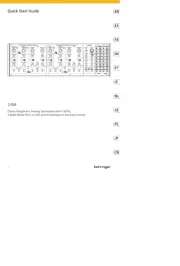
4 Juni 2025
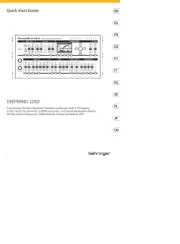
1 April 2025
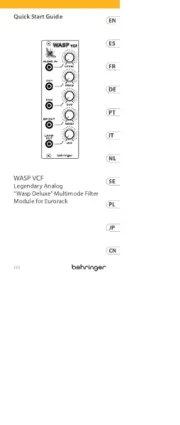
1 April 2025
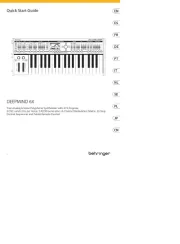
1 April 2025
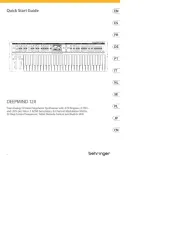
1 April 2025
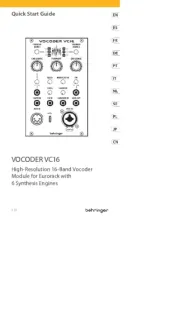
1 April 2025
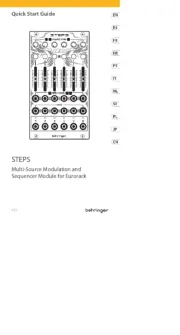
30 Januari 2025

2 Januari 2025
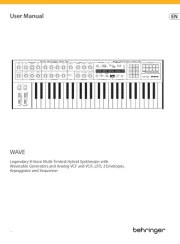
2 Januari 2025

2 Januari 2025
Handleiding Synthesizer
- Omnitronic
- (Recovery)
- Boss
- Flame
- Majella
- Make Noise
- Roland
- Sequential
- GS Music
- Arturia
- Ferrofish
- Waldorf
- Novation
- Motas Electronics
- Cre8audio
Nieuwste handleidingen voor Synthesizer
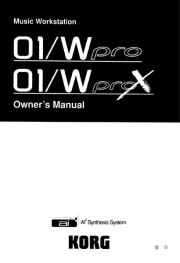
3 September 2025
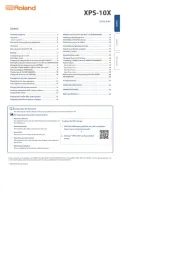
1 September 2025

30 Juni 2025
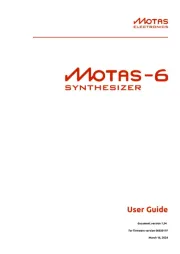
10 Juni 2025
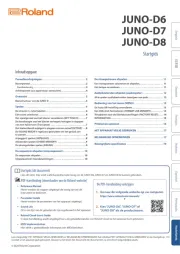
16 Mei 2025
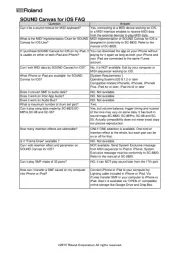
13 Mei 2025
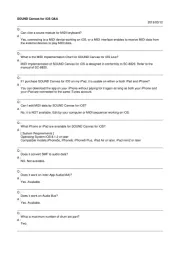
13 Mei 2025
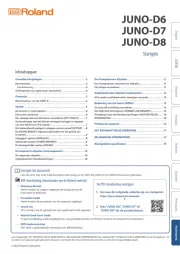
12 Mei 2025

12 Mei 2025
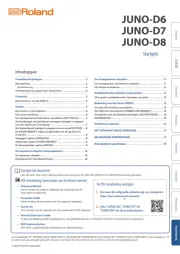
12 Mei 2025